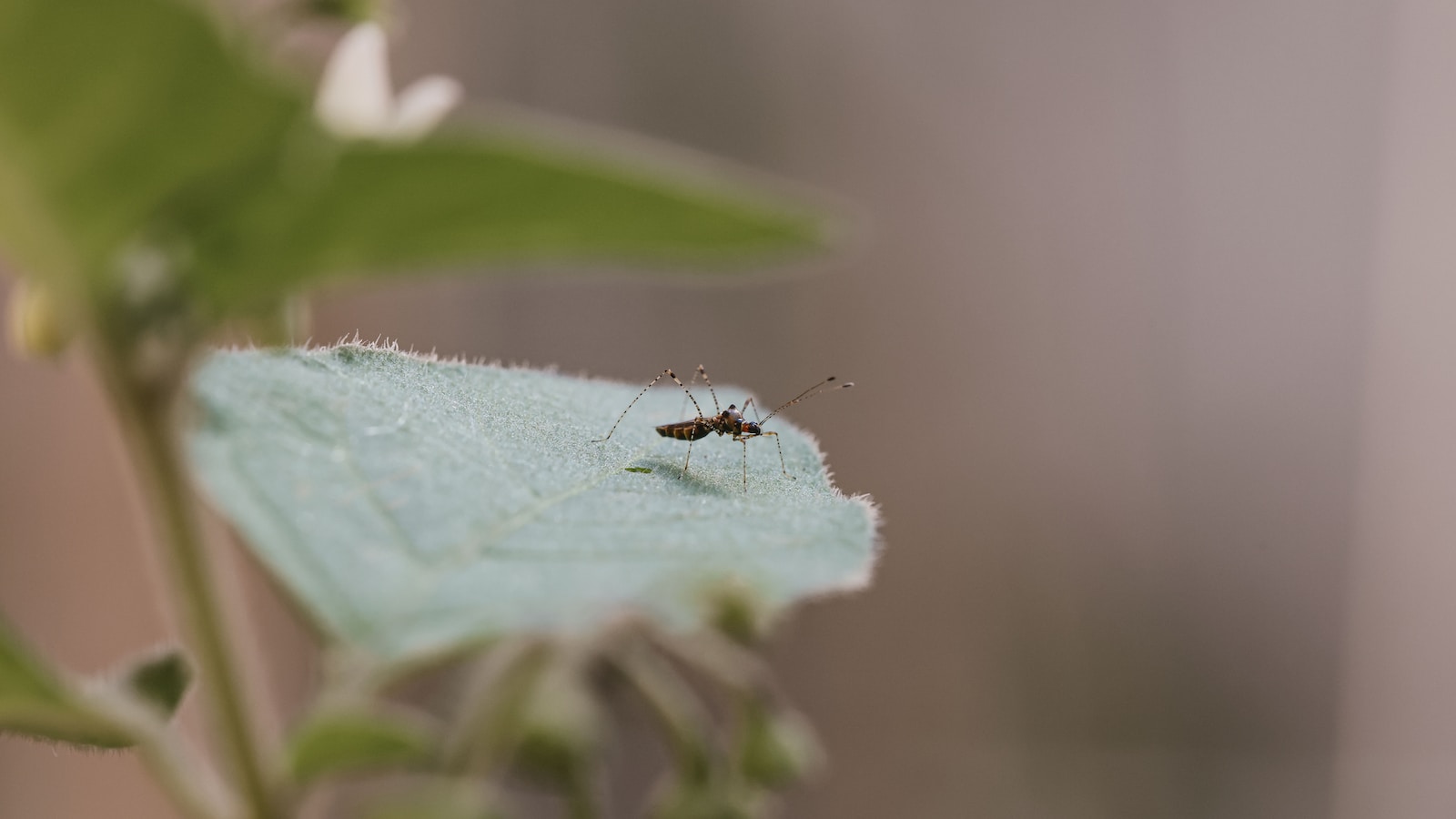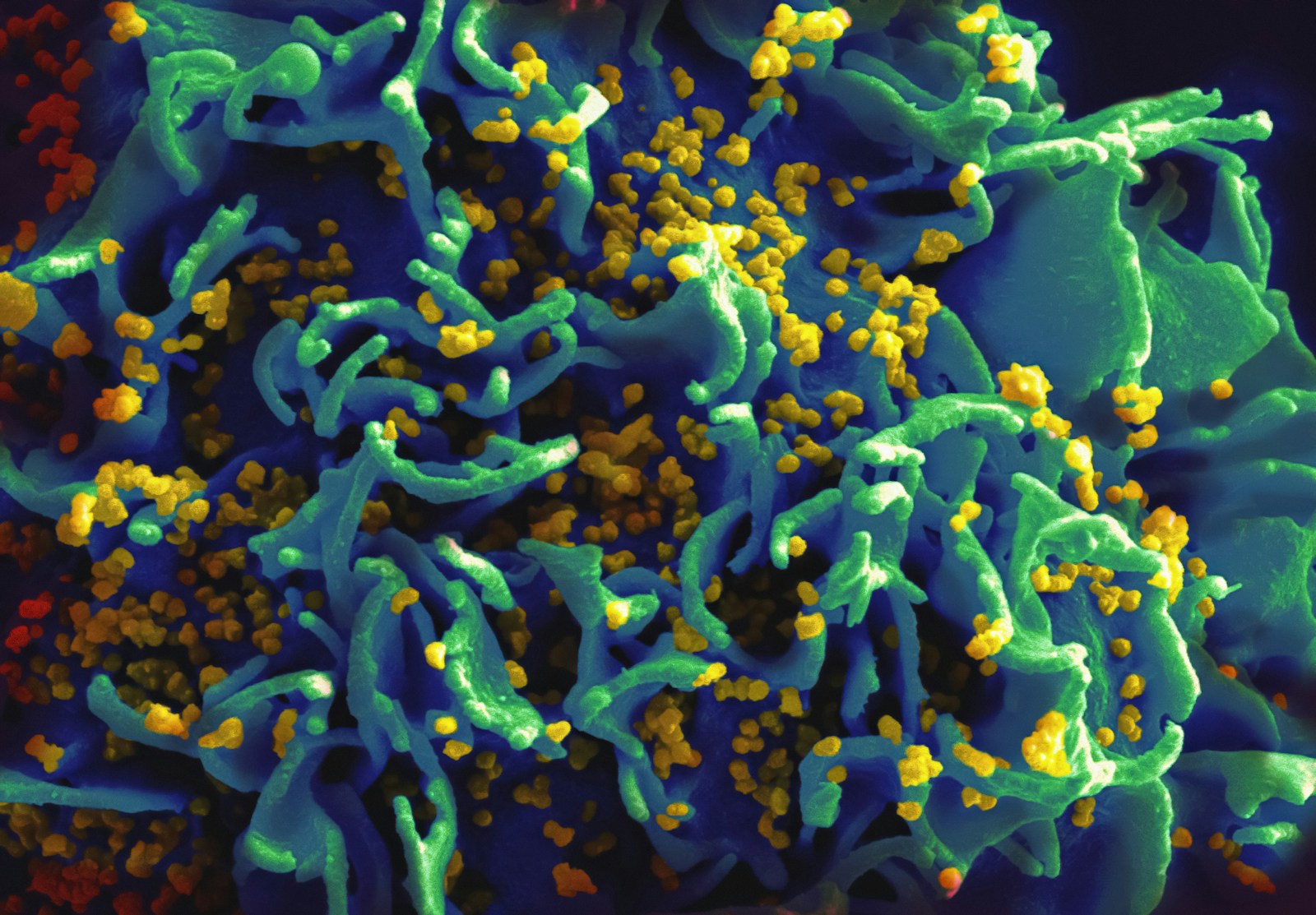Table of Contents
ToggleIntroduction
Dengue fever, an excruciating mosquito-borne disease, is rapidly spreading across the globe, reaching areas where it was previously unheard of. California recently reported its first case of locally transmitted dengue, highlighting the urgency of addressing this health concern. This comprehensive article delves into the nature of dengue fever, its increasing prevalence, associated risks, and potential preventive measures.
Understanding Dengue Fever and Its Widespread Growth
Dengue fever is a viral illness transmitted by Aedes mosquitoes, particularly the Aedes aegypti species. Commonly known as “breakbone fever,” it causes severe joint pain and other distressing symptoms. The Aedes aegypti mosquito, originally native to Africa, has adapted to urban environments worldwide, thriving in small pockets of stagnant water found in discarded items like tires and bottle caps.
Factors Contributing to the Spread of Dengue Fever
The surge in dengue cases can be attributed to several factors. Increased urbanization, where people move to densely populated areas with inadequate housing, makes individuals more susceptible to the virus. Additionally, climate change plays a significant role, as rising temperatures and extreme weather events expand the habitat range of Aedes mosquitoes.
The Severity of Dengue Fever and Its Impact
While only a quarter of dengue cases show symptoms, the disease can cause severe complications. Symptoms range from flu-like illness to excruciating joint pain, high fever, and vomiting. In some cases, plasma leakage from blood vessels can lead to organ failure and shock, resulting in a mortality rate of 2-5% when treated and 15% when left untreated.
Vulnerable Populations at Risk
Individuals residing in housing that do not effectively protect against mosquito bites are most vulnerable to dengue. Studies have shown that proper screening of windows and the use of air-conditioners significantly reduce exposure to mosquitoes. Social behavior, including frequent visits to friends and relatives, can also contribute to the spread of the virus.
Dengue Fever’s Impact on the United States
The United States experiences approximately 550 imported dengue cases each year, primarily from travelers infected abroad. Locally transmitted cases are rare but still pose a concern. With climate change and increased urbanization, experts anticipate a growing dengue problem in the United States, emphasizing the need for vigilance and preventive measures.
Treatment and Vaccination Efforts
Currently, there is no specific treatment for dengue fever, and patients receive symptom management to alleviate pain. Efforts to develop a dengue vaccine have encountered challenges, with one vaccine, Dengvaxia, causing more severe cases in vaccinated individuals. However, new vaccines like QDENGA show promise, especially for children in high-transmission areas.
Combating Dengue: Prevention and Control Strategies
Countries like Singapore have successfully controlled dengue by implementing rigorous inspection protocols and imposing hefty fines for breeding areas. Other innovative approaches, such as infecting Aedes mosquitoes with the bacteria Wolbachia, have shown promise in reducing dengue transmission in countries like Brazil and Colombia.
Conclusion
As dengue fever continues its alarming global spread, it becomes crucial to raise awareness and implement effective preventive measures. Understanding the causes, risks, and potential solutions surrounding this mosquito-borne disease empowers individuals, communities, and governments to combat its impact. By adopting proactive strategies and supporting research efforts, we can strive towards a future where dengue is no longer a widespread threat.







